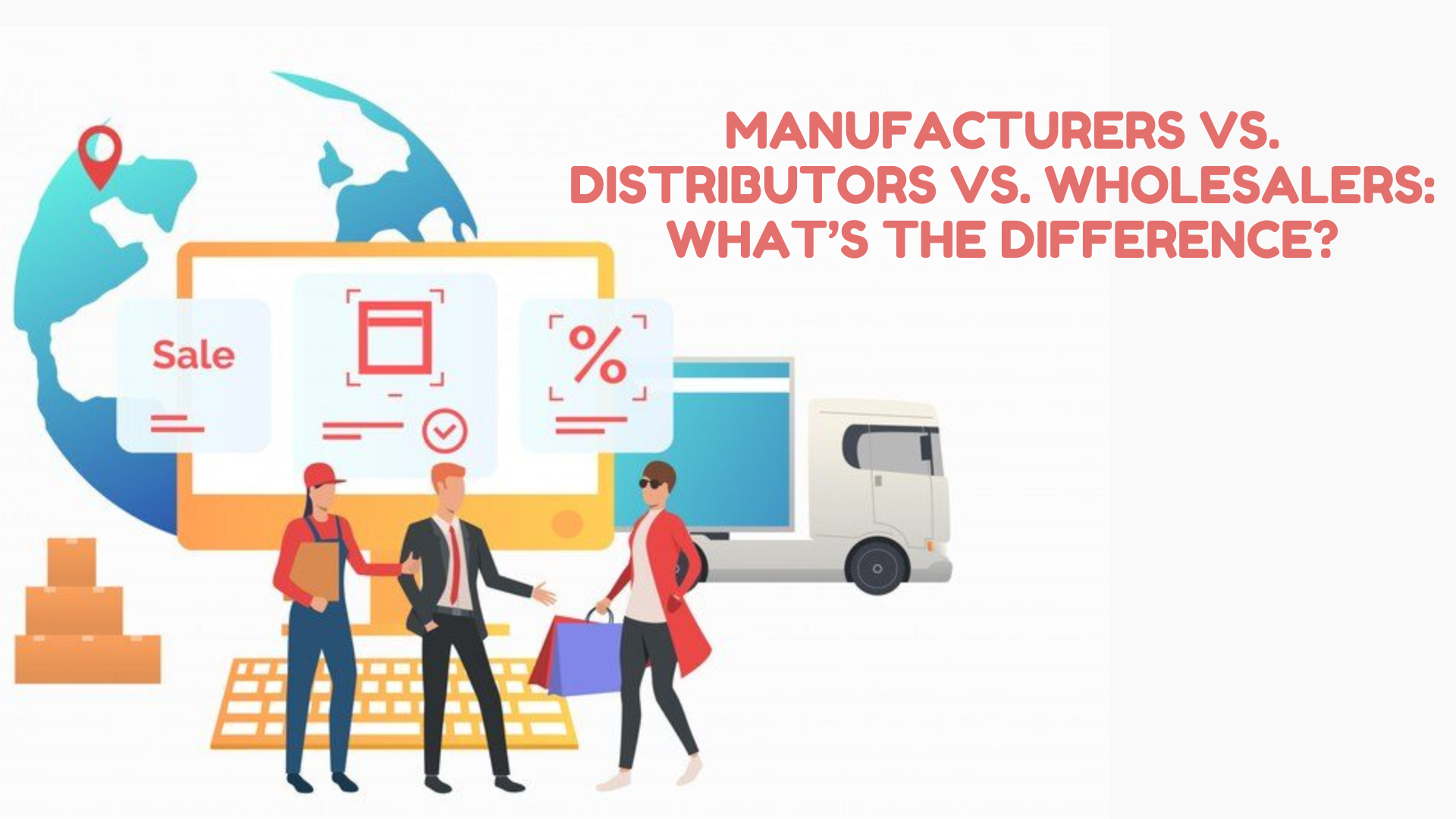In the complex world of supply chains, the terms manufacturers, distributors, and wholesalers often get mixed up. Understanding the differences between these roles is crucial for anyone looking to navigate the marketplace effectively, whether you’re a business owner, a retailer, or just a curious consumer. Let’s break down what each term means and how they differ.
Manufacturers
Definition:
Manufacturers are the producers or creators of goods. They take raw materials and components and transform them into finished products through various processes, which can include assembling, fabricating, and refining.
Role in the Supply Chain:
Creation: They design and create products from scratch.
Quality Control: They ensure the quality and standards of the products are met.
Research and Development: Manufacturers often invest in R&D to innovate and improve their products.
Direct Sales: While some manufacturers sell directly to consumers, many prefer to sell in bulk to distributors or wholesalers.
Example:
A company like Ford manufactures cars, creating the vehicles from raw materials and components sourced from various suppliers.
Distributors
Definition:
Distributors are intermediaries who purchase products from manufacturers and then sell them to retailers or sometimes directly to consumers. They often have exclusive rights to sell a manufacturer’s products in a particular region or market.
Role in the Supply Chain:
Logistics and Storage: They handle the warehousing and transportation of goods from manufacturers to retailers.
Market Expansion: Distributors help manufacturers expand their reach into different markets.
Sales and Marketing: They often take on marketing and sales roles to promote the products they distribute.
Customer Service: Distributors provide after-sales support and services.
Example:
A technology distributor like Ingram Micro purchases electronics from manufacturers like HP or Apple and sells them to various retailers and businesses.
Wholesalers
Definition:
Wholesalers buy goods in large quantities from manufacturers or distributors and sell them in smaller quantities to retailers, other wholesalers, or sometimes directly to consumers. They usually operate in bulk, offering lower prices than retail.
Role in the Supply Chain:
Bulk Purchasing: They purchase large quantities of goods, benefiting from economies of scale.
Price Reduction: By buying in bulk, they can offer lower prices to retailers.
Inventory Management: Wholesalers manage significant inventories and ensure the steady supply of goods to retailers.
Accessibility: They make it easier for small retailers to access products without needing to purchase directly from manufacturers or in huge quantities.
Example:
A company like Costco operates as a wholesaler, purchasing goods in bulk and selling them to consumers and businesses at discounted prices.
Key Differences
Function in the Supply Chain:
Manufacturers: Create products.
Distributors: Bridge the gap between manufacturers and retailers, focusing on logistics and sales.
Wholesalers: Buy in bulk from manufacturers or distributors and sell in smaller quantities to retailers.
Customer Base:
Manufacturers: Sell to distributors, wholesalers, or directly to large retailers.
Distributors: Sell to retailers, wholesalers, and sometimes directly to consumers.
Wholesalers: Primarily sell to retailers, other wholesalers, and sometimes to end consumers.
Focus and Expertise:
Manufacturers: Focus on production, innovation, and quality control.
Distributors: Specialize in logistics, market expansion, and sales strategies.
Wholesalers: Concentrate on bulk purchasing, price reduction, and inventory management.
Conclusion
Understanding the differences between manufacturers, distributors, and wholesalers is essential for anyone involved in the supply chain. Manufacturers are the creators, focusing on making high-quality products. Distributors act as intermediaries, ensuring products get from manufacturers to the market efficiently. Wholesalers make these products accessible to retailers and sometimes consumers at lower prices. Each plays a unique and vital role in bringing products from conception to consumer. Knowing these distinctions can help businesses make informed decisions about partnerships and purchasing, ultimately leading to more effective operations and success in the market.









